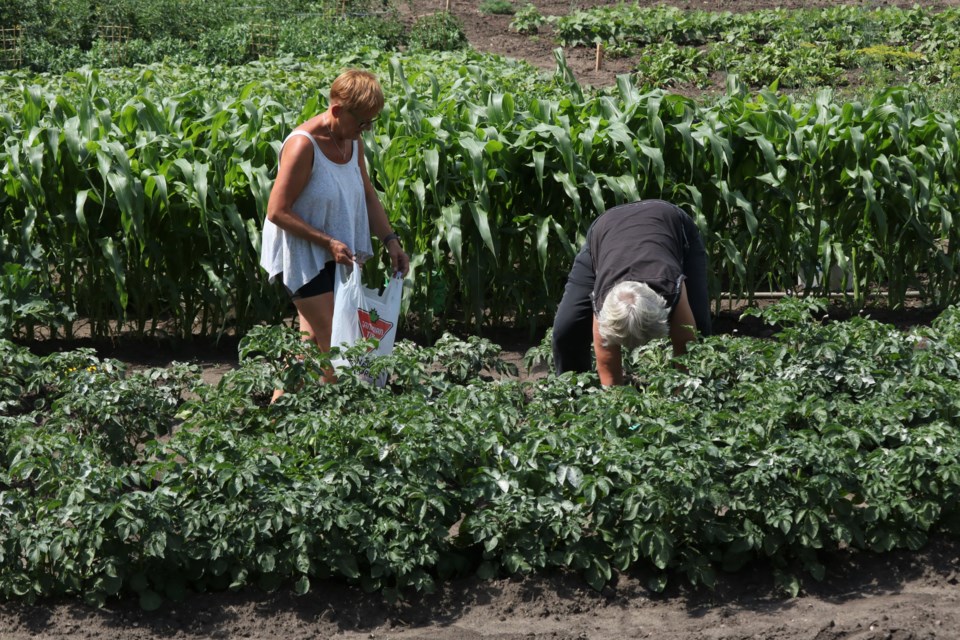YORKTON - If you’re getting the gardening itch to learn some interesting gardening info, why not log on to the U of S (www.gardening.usask.ca ) and click on “public workshops and events”. You’ll see a listing of seminars on a wide variety of topics that you can take online . For example, for those who enjoy natural products, there will be a class on “Make Your Own Salve” on February 15, and for gardeners with limited space, “Small Plants For Small Spaces” on February 16. The sessions have knowledgeable instructors, and you can enjoy it all from the comfort of home!
Do you go out each day to take a look at your garden or yard? I do, although on some of those very cold days my tours were very brief indeed! But still, It is interesting to see how the snow has filled in the yard, and how certain shrubs look as part of the winter landscape. The bark and branches look quite beautiful against a solid backdrop of snow; we don’t often take note of those features in the other seasons when foliage is present.
This winter we have a lot of snow. As a gardener, does that make you panic a little, thinking ahead to a very wet spring? Or do we worry about the plants freezing under all that snow? I did a little homework about snow in our gardens, and I learned some very interesting things.
First of all, and this is something I think many of us knew already, snow is a wonderful insulator. As it piles up, air is trapped between the snowflakes, providing a very helpful blanket to the plants and the soil. Yes, the soil too. Why? Because if the snow wasn’t there, the ground would freeze even deeper and this would be bad news to the roots of plants and shrubs. A good layer of snow also protects our plants from fluctuating temperatures; freezing and thawing can damage or kill our plants, but snow keeps things steady.
And I learned this about snow. Did you know that when snowflakes are on their way through the atmosphere, valuable elements catch a ride. Sulfur and even some nitrogen attach to the snowflakes, and are later released as the snow melts. (As a side note, I read that this happens with rain and lightning, too. I remember Mom telling me how Grammie always said that the gardens would be good after a big storm with lots of lightning. She didn’t know the scientific reason for this, but what she wisely observed was the results of increased nitrogen in the soil, which came down courtesy of the rain and lightning.)
Another plus of snow, especially a good thick layer like we have this year, is that it protects our plants from howling winter winds like we had last week. And when spring comes, which it will, the snow will water our perennials as soon as it starts to melt.
We should be watchful that a leavy layer of snow is not making branches bend to the point where they might break. Even if the branches are only drooping, they could become permanently deformed if they stay that way for too long. Time to wade through the snow and gently shake loose whatever excess snow we can.
On a day that isn’t very cold or very blustery, bundle up and go take a look at your snowy garden. You’ll see interesting little drifts around tree trucks; gentle sifting as the snow falls between delicate branches of the shrubs; and a very Zen background as perennial grasses show through the delicate snow. It’s beautiful! See what’s new with the Yorkton hort society by visiting us at www.yorktonhort.ca Thank you to our friends at YTW for their great work. Gardeners, let’s start to dream of spring! Have a good week!





